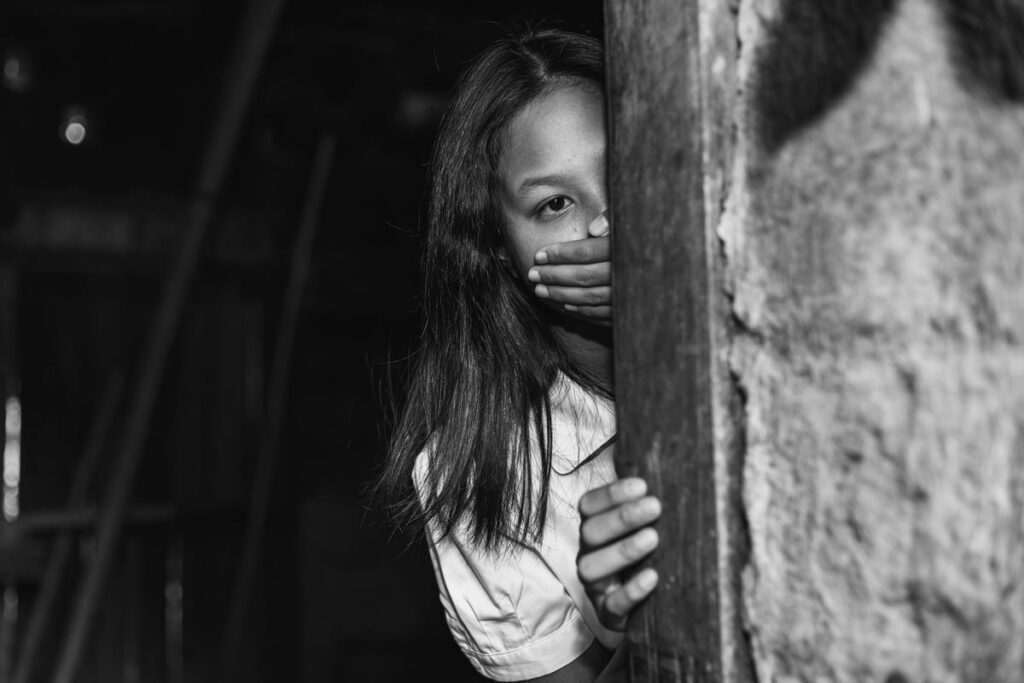Child exploitation has often severe short- and long-term physical, sexual and mental health consequences. These include injuries, including head injuries and severe disability, in particular in young children; post-traumatic stress, anxiety, depression, and sexually transmitted infections (STIs) including HIV. Adolescent girls may face additional health issues, including gynecological disorders and unwanted pregnancy. Child exploitation can affect cognitive and academic performance and is strongly associated with alcohol and drug abuse and smoking – key risk factors for noncommunicable diseases (NCDs) such as cardiovascular diseases and cancer.
Child exploitation causes stress that is associated with disruption in early brain development. Extreme stress can impair the development of the nervous and immune systems. Consequently, as adults, maltreated children are at increased risk for behavioral, physical and mental health problems such as:
- perpetrating or being a victim of violence
- depression
- smoking
- obesity
- high-risk sexual behavior
- unintended pregnancy
- alcohol and drug misuse.
Violence against children is also a contributor to inequalities in education.
Children who experienced any form of violence in childhood have a 13% greater likelihood of not graduating from school.
Beyond the health, social and educational consequences of child maltreatment, here is an economic impact, including costs of hospitalization, mental health treatment, child welfare, and longer-term health costs.
Risk factors:
Several risk factors for child exploitation have been identified. Not all risk factors are present in all social and cultural context.
It is important to emphasize that children are the victims and are never to blame for maltreatment. Characteristics of an individual child that may increase the likelihood of being maltreated include:
- Being either under four years old or an adolescent
- Being unwanted, or failing to fulfil the expectations of parents
- Having special needs, crying persistently or having abnormal physical features
- Having an intellectual disability or neurological disorder.
- Preventing and responding to child exploitation requires a multi-sectoral approach.
- The earlier such interventions occur in children’s lives, the greater the benefits tothe child (e.g. cognitive development, behavioral and social competence, educational attainment) and to society (e.g. reduced delinquency and crime).
Effective and promising interventions include:
Parent and caregiver support:
Information and skill-building sessions to support the development of nurturing, non-violent parenting delivered by nurses, social workers, or trained lay workers through a series of home visits or in a community setting.
Education and life skills approaches:
Increasing enrolment in quality education to allow children acquire knowledge, skills and experiences that build resilience and reduce risk factors for violence
Programme to prevent sexual abuse that build awareness and teach skills to help children and adolescents understand consent, avoid and pr
event sexual abuse and exploitation, and to seek help and support Interventions to build a positive school climate and violence-free environment, and strengthening relationships between students, teachers, and administrators.








